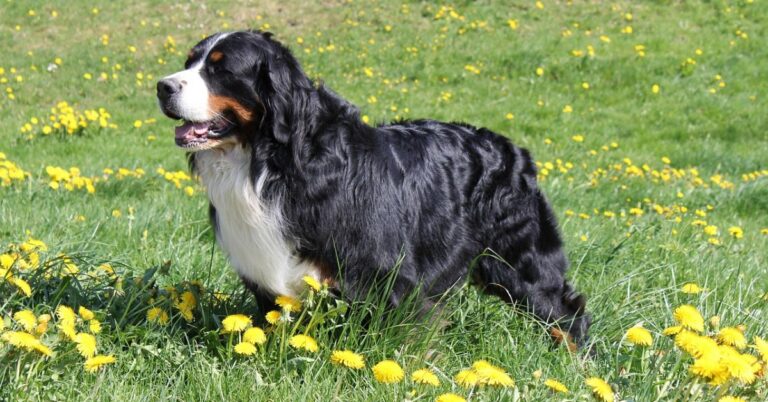What Dog Owners Need To Know About Red Heelers
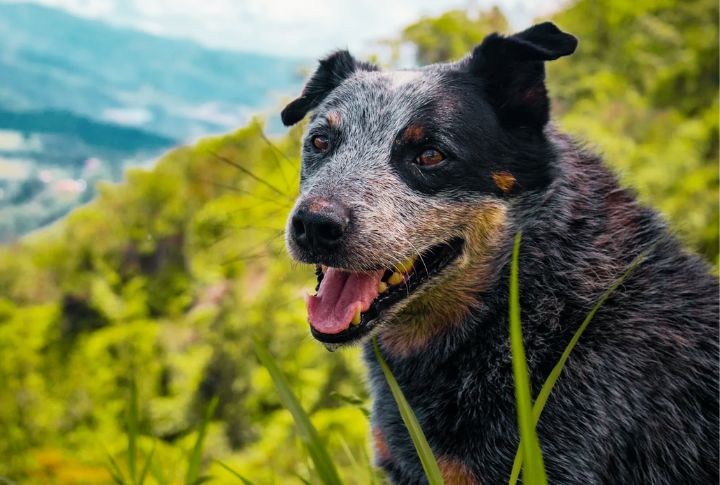
Red Heelers aren’t your average couch potato pups. Built for action and always three steps ahead, these clever dogs bring a mix of loyalty, mischief, and boundless energy to the table. Life with a Red Heeler is anything but boring—so if you’re thinking about bringing one home, here are 20 traits that make these dogs unforgettable.
Incredibly Intelligent

A Red Heeler analyzes tricks, improves them, and occasionally rewrites the rules for fun. Tell them to sit, and they’ll do it faster than you expected. Try to outsmart them, and good luck—these dogs can solve problems like a furry little detective. With a brain that never clocks out, they keep life interesting.
Clingy And Overprotective
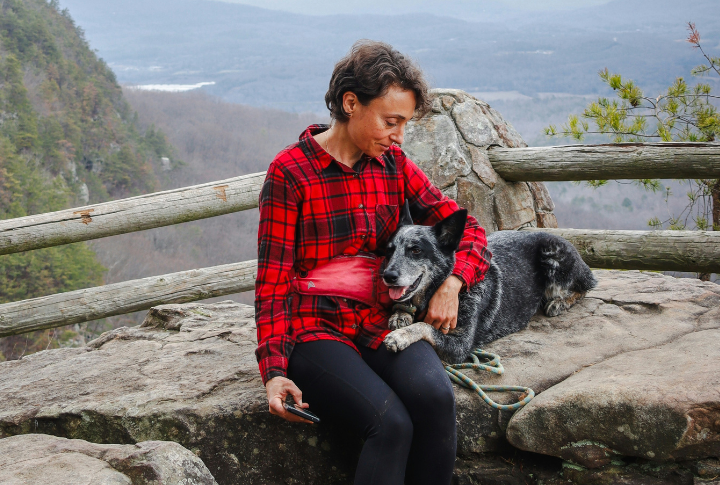
Red Heelers don’t just love you—they obsess over you. Walk away? They follow. Sit? They’re glued to your feet. Their loyalty comes with a bodyguard mentality, barking at threats and even herding family members for safety. If you want a protector, this is your perfect dog shadow.
Strong Herding Instincts

Their drive to chase, direct, and keep things in order is hardwired into their DNA. No livestock? No problem. They’ll find something to manage. Left without direction, they might appoint themselves as the household supervisor, calling the shots as they see fit.
Impressively Long Lifespan
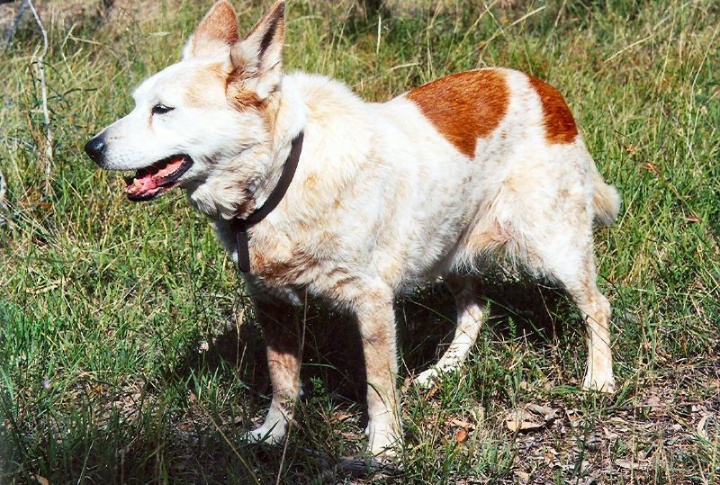
Red Heelers have an average lifespan of 13 to 16 years, and some can even hit 20 if looked after properly. Their secret lies in their boundless energy, a strong work ethic, and an ironclad immune system. Yet, don’t expect them to slow down with age—they stay active well into their senior years.
Vocal And Expressive
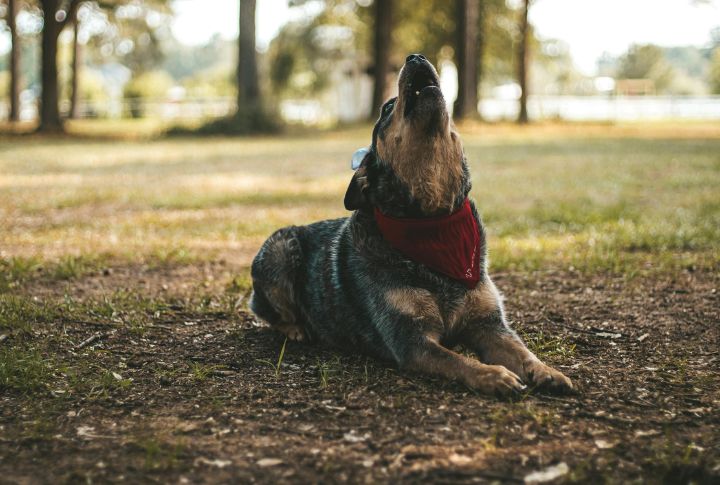
Red Heelers have a lot to say and zero filter. They grunt, whine, howl, and even “talk” back when they don’t approve of what’s happening around them. Not feeding them fast enough leads to dramatic protests, and leaving without them signals grumbles of betrayal. Some even sing along to sirens.
Easily Trained
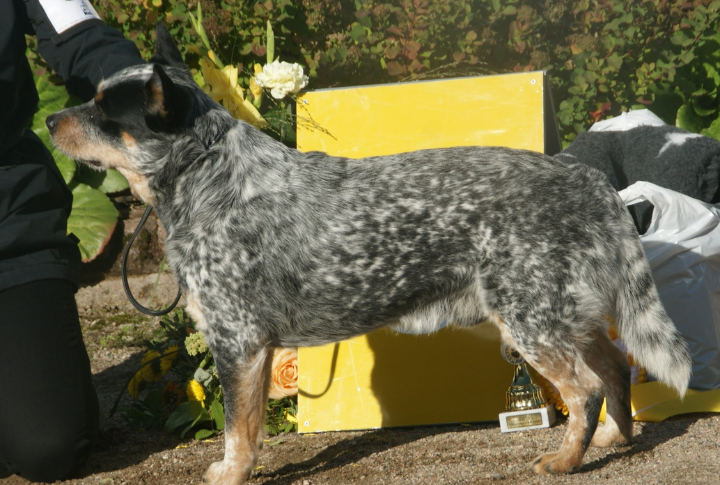
They thrive on structured training and mental challenges and excel in herding trials and advanced trick training, but skip the repetition. If training gets boring, they’ll outthink you and find their entertainment. Hence, the best methods come in positive reinforcement and high-energy tasks.
Independent Spirit
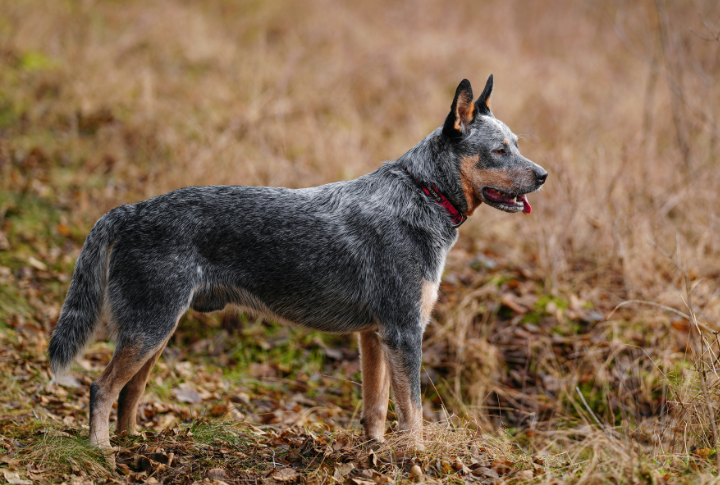
A Red Heeler isn’t the type to wait around for instructions and won’t blindly follow commands unless they see the point. While their self-sufficiency makes them incredibly capable, it also means they need a confident owner who can earn their respect.
High Energy And Stamina
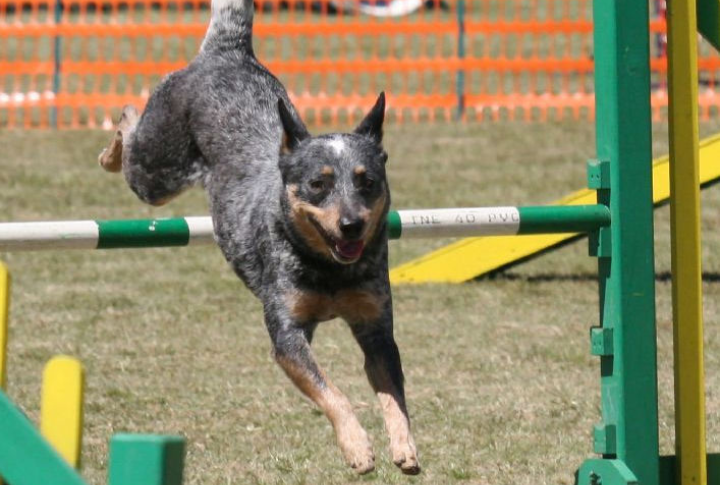
Owning a Red Heeler is like living with a tornado. These dogs were bred to run for miles herding cattle, so a quick stroll around the block won’t cut it. The best way to handle their endless stamina is through daily runs, agility training, herding games, and brain-teasing challenges.
Strong Weather Resistance
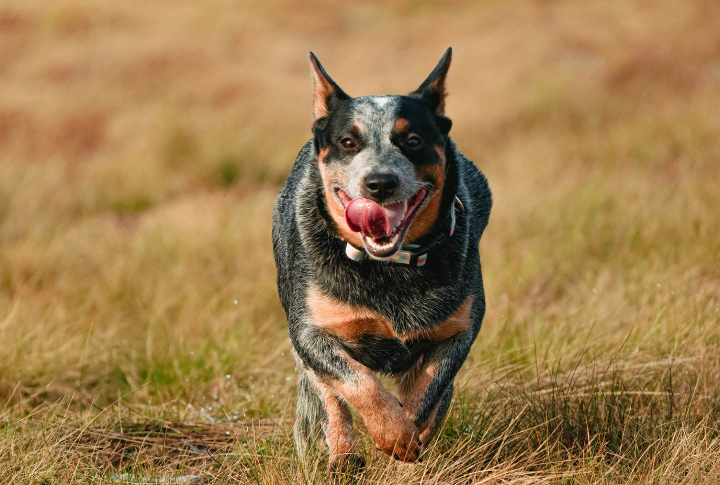
Designed to handle scorching heat, pouring rain, and chilly winds, these dogs were built for the outdoors. Their dense, weather-resistant coat acts like a natural shield, keeping them comfortable no matter what Mother Nature throws their way. Just make sure they stay hydrated at all times.
Low Maintenance Grooming
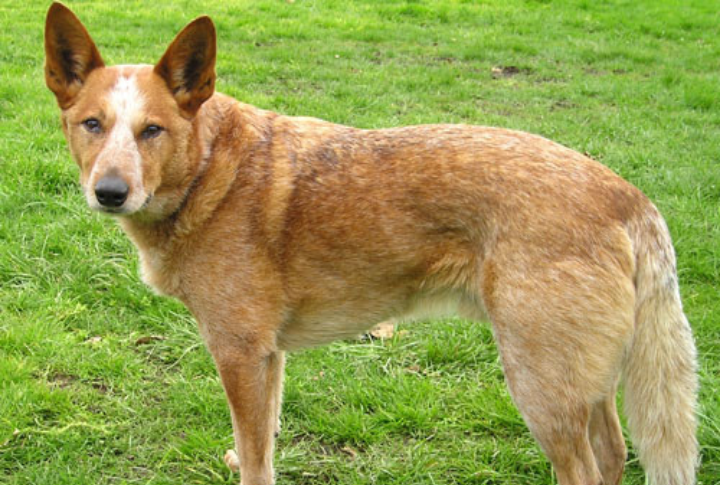
Good news: Red Heelers practically groom themselves! Their short, dense double coat repels dirt, sheds debris, and resists odors. A weekly brush keeps shedding under control, and an occasional bath keeps them fresh. The real priority is nail trimming, as they cause discomfort or affect movement when it gets too long.
Daily Exercise

If you’re a couch potato, this breed will turn your life upside down. These dogs were built to run, chase, and work all day, and without intense daily exercise, they’ll turn your home into a chaotic playground of destruction. Remember, a bored Heeler is a destructive Heeler.
High-Quality Diet

A high-performance dog needs high-performance fuel. A filler-packed kibble won’t cut it; Red Heelers need a protein-rich, nutrient-dense diet to support their endless stamina and sharp minds. Think lean meats, fish, high-quality kibble, and fresh veggies. Omega-3s keep their joints strong, and glucosamine supports their hardworking frame.
High Prey Drive
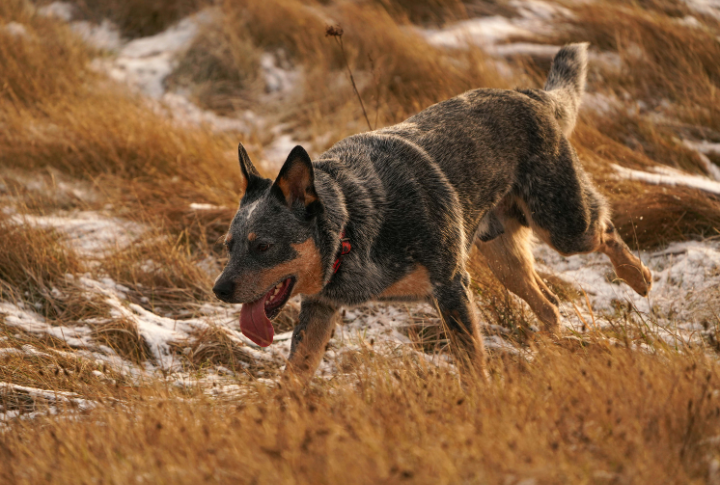
A Red Heeler sees small, fast-moving things as one thing—prey. Rabbits, cats, birds, even bike wheels, and running kids are all fair game for their high prey drive, all thanks to their herding background. If left unchecked, this drive leads to constant chasing and even grabbing ankles!
Early Socialization

Without early socialization, Heelers turn into bossy, overconfident rebels with serious trust issues. Lack of exposure to people and new environments can lead to anxiety and aggression. Regular trips to dog parks, meeting new people, and interactions with kids help shape a well-adjusted Heeler.
Aggressive Towards Strangers
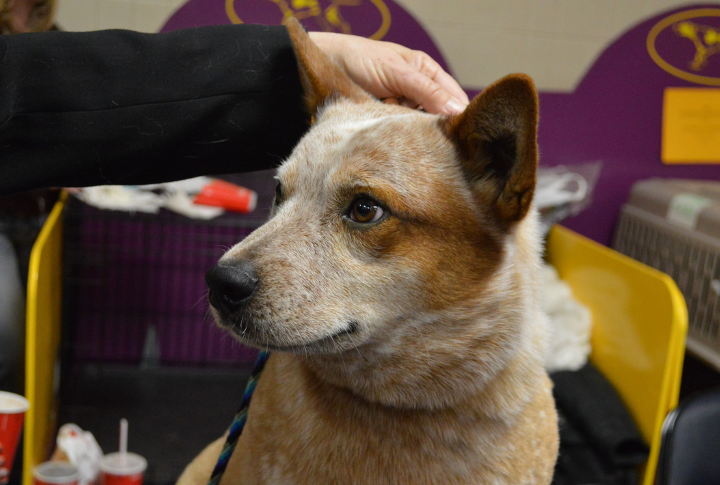
A Red Heeler isn’t rolling out the welcome mat for strangers. Bred to protect livestock, they are naturally wary of unfamiliar people and won’t hesitate to bark, growl, or stand their ground if they sense a threat. They don’t trust easily—but once you’re in their circle, you’re family for life.
Sensitive To Loud Noise
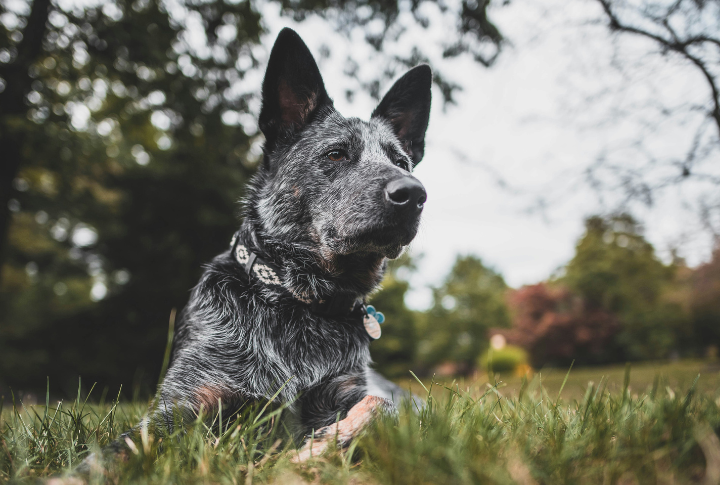
They may be fearless herders, but when it comes to loud noises, Red Heelers can be total drama queens. Thunder, fireworks, gunshots, or even the vacuum cleaner send them into a nervous frenzy. Early desensitization is key—expose them to different sounds gradually and pair them with positive reinforcement.
Not Good With Changes
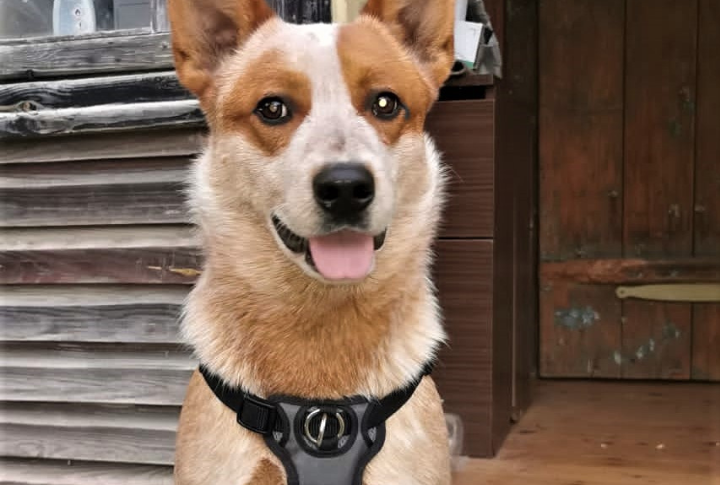
If you love spontaneity, your Red Heeler won’t. These dogs thrive on routine, predictability, and knowing exactly what’s happening next. They rely on consistency to feel secure. Thus, a sudden schedule change, a new house, or even rearranging the furniture can send them into full-blown confusion mode.
Their Coat Can Be Red Or Blue
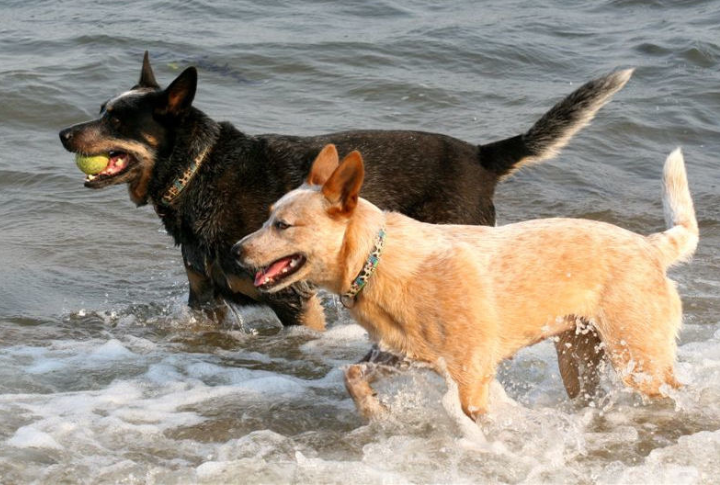
Red and Blue Heelers are the same breed—the Australian Cattle Dog—just with different coat colors. Their speckled fur comes from a mix of Dalmatian, Collie, and wild Dingo genetics, creating their famous red or blue mottling. Puppies are born pure white, then develop their color as they grow.
Have Multiple Aliases
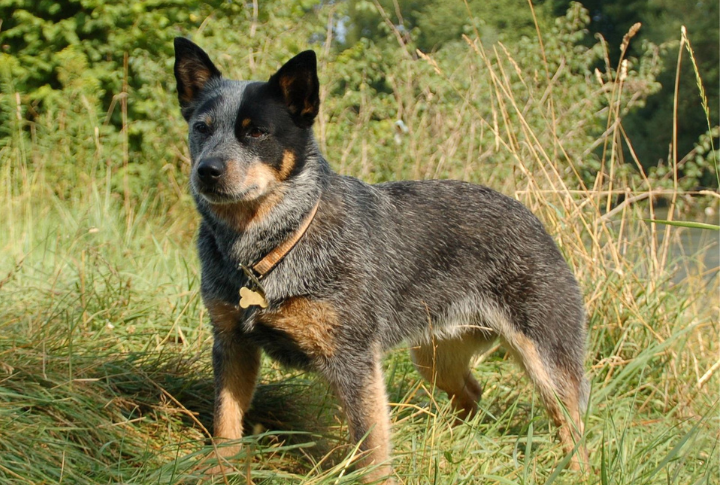
They collect aliases like a secret agent. Officially known as the Australian Cattle Dog, they are also called Heelers because they nip at cattle’s heels, and Queensland Heelers, which is a nod to their Aussie roots. Some even call them Halls Heelers, after the breeder who helped develop them.
Holds The Guinness Record For The Oldest-Lived Dog
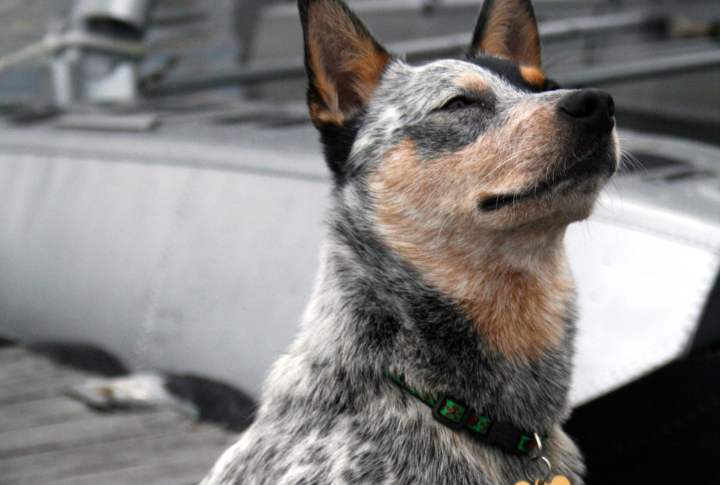
If you think Red Heelers are tough, Bluey is the ultimate proof. This Australian Cattle Dog holds the Guinness World Record as the longest-living dog ever—an incredible 29 years and 5 months. To put that in perspective, that’s the equivalent of living over 200 years in dog age, an achievement almost unheard of in the canine world!

